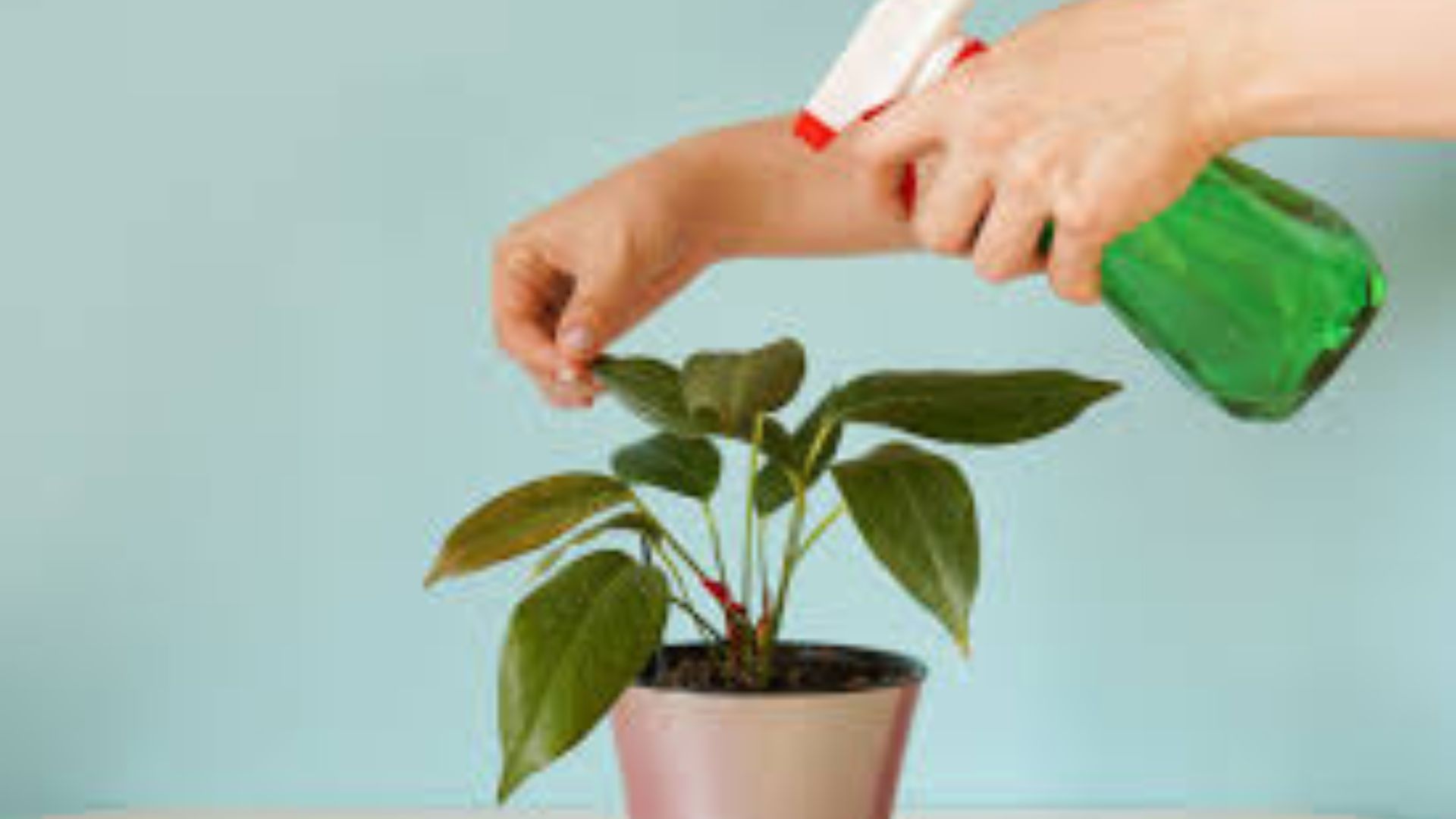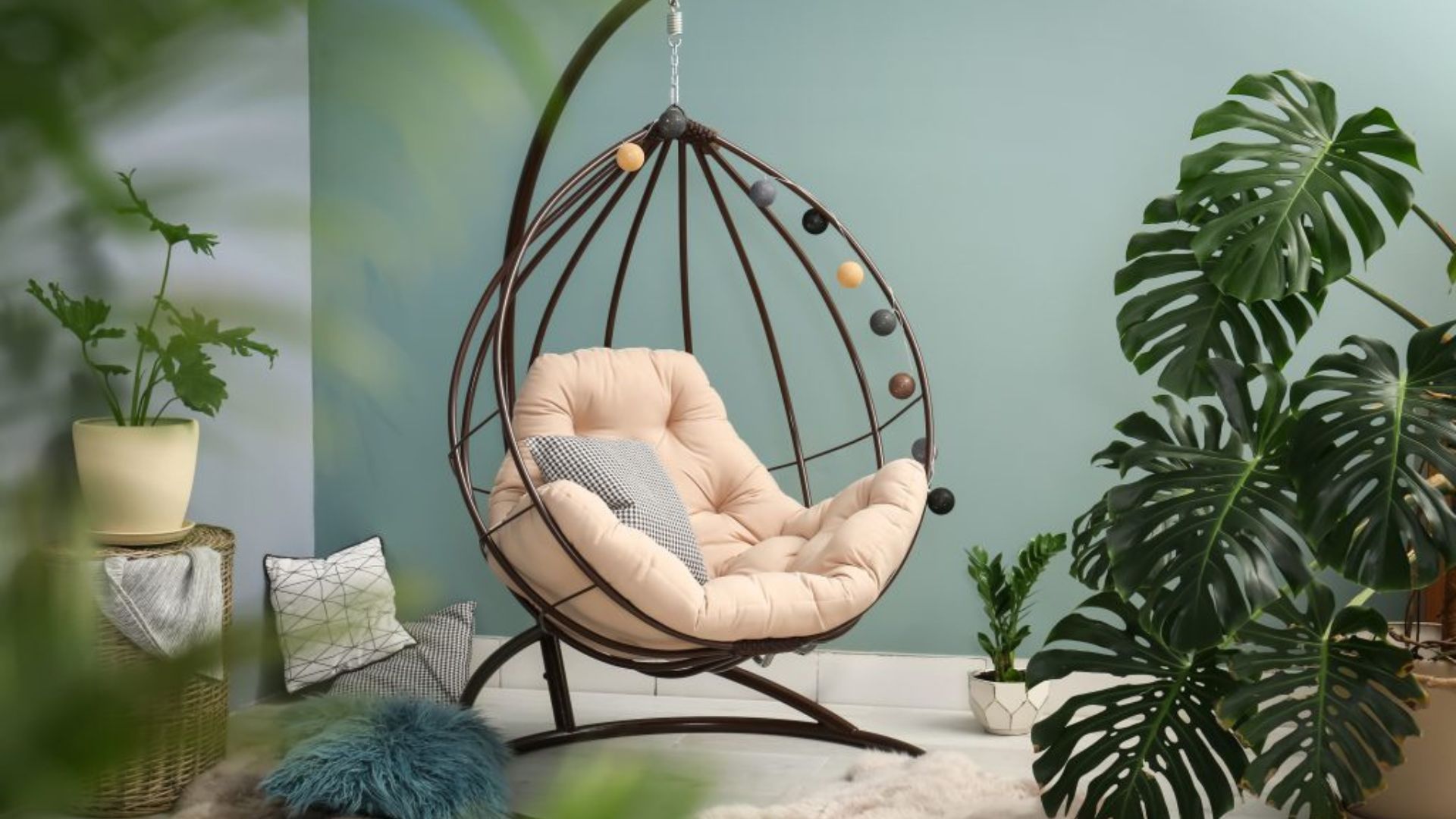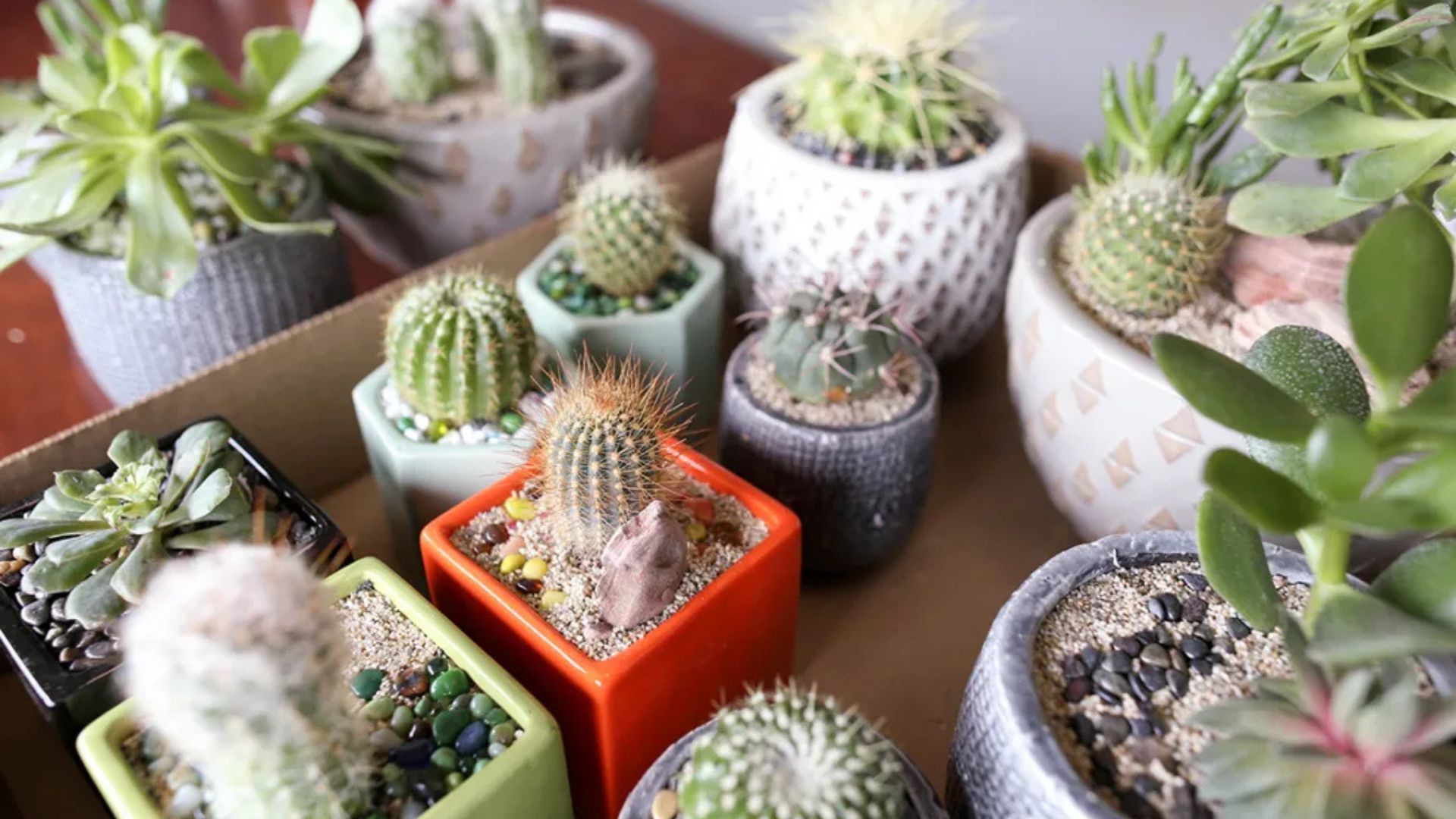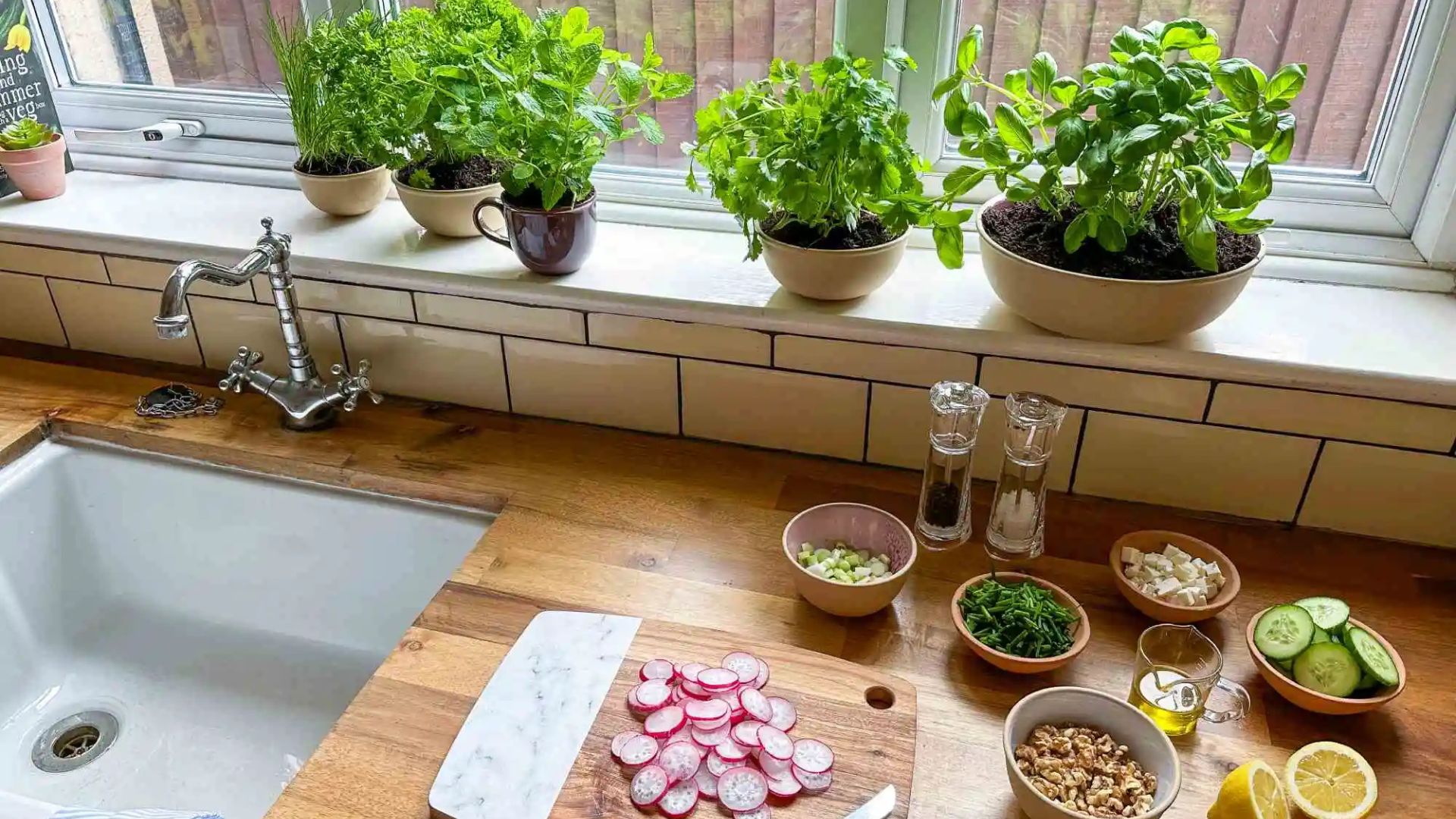Getting started with houseplants can feel overwhelming, but it doesn’t have to be. With the right plant care tips for beginners, you can confidently grow a lush indoor jungle—even if you’ve never kept a plant alive before. All it takes is a little knowledge, patience, and consistency to create a healthy environment for your green friends.
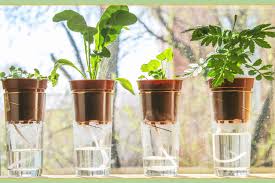
Start with Easy-to-Care-For Plants
The best way to begin your plant journey is to choose forgiving plants that don’t require constant attention. Popular beginner-friendly options include:
-
Snake Plant (Sansevieria): Tolerant of low light and infrequent watering.
-
Pothos: Grows quickly in various lighting conditions and bounces back easily.
-
ZZ Plant: Thrives in low light and needs minimal water.
-
Spider Plant: Resilient and fun to propagate with its “baby” offshoots.
-
Peace Lily: Offers beautiful white blooms and signals when it needs water by drooping slightly.
These plants are perfect for learning the basics of care without the stress of high-maintenance needs.
Understand Light Requirements
One of the most common beginner mistakes is placing a plant in the wrong lighting. Every plant has specific light needs—some love bright, direct sunlight, while others thrive in low or indirect light.
To start, observe the natural light in your space. South-facing windows provide the most light, while north-facing ones offer the least. Place sun-loving plants near bright windows and low-light varieties in shaded corners. If your home lacks natural light, consider using grow lights to supplement.
Water Wisely and Consistently
Watering is where many beginners go wrong—either overwatering or underwatering. A good rule of thumb is to water only when the top inch or two of soil feels dry. Stick your finger into the soil to check before adding water. Overwatering leads to root rot, while underwatering causes wilting and dry leaves.
Use pots with drainage holes to prevent water from pooling at the bottom, and empty any excess water from saucers. Consistency is key, so try to create a regular watering routine based on your plant’s specific needs.
Learn the Basics of Potting and Repotting
A plant’s container plays a big role in its health. Always use pots with drainage holes, and choose the correct size—too small, and the roots get crowded; too big, and the soil stays wet too long. When you notice roots growing out of the drainage holes or slowed growth, it’s time to repot.
Use a potting mix suited to your plant type—succulents need well-draining soil, while tropicals prefer moisture-retentive blends. Refreshing the soil and upgrading the pot once every year or two keeps your plant thriving.
Keep an Eye on Pests and Problems
Even beginner plants can encounter pests like spider mites, fungus gnats, or mealybugs. Inspect your plants regularly for signs like sticky residue, tiny webs, or discolored leaves. If you spot a problem, isolate the plant and treat it with neem oil, insecticidal soap, or a natural remedy like diluted rubbing alcohol.
Also, look out for signs of stress—yellowing leaves, drooping, or spots can indicate watering issues, lighting problems, or nutrient deficiencies. The sooner you spot the problem, the easier it is to fix.
Build Confidence Through Observation
One of the most important plant care tips for beginners is simply to observe. Plants “communicate” their needs through their appearance. By checking in on them regularly, you’ll start to recognize patterns—when they’re thirsty, when they’re happy, or when something’s wrong.
Over time, caring for plants becomes second nature. Don’t worry about perfection—every plant owner makes mistakes. What matters is learning and growing alongside your plants.






